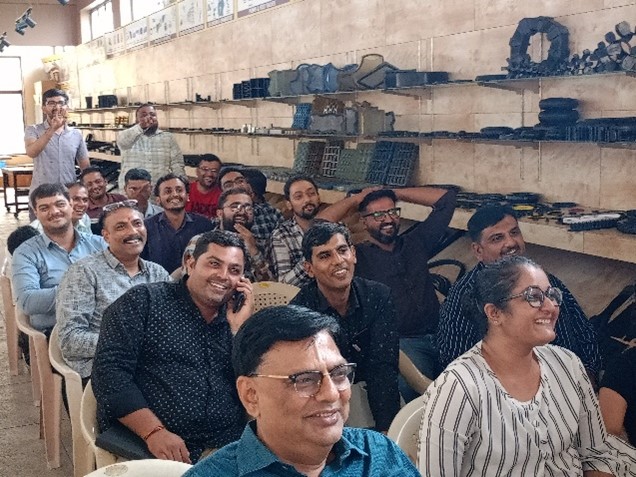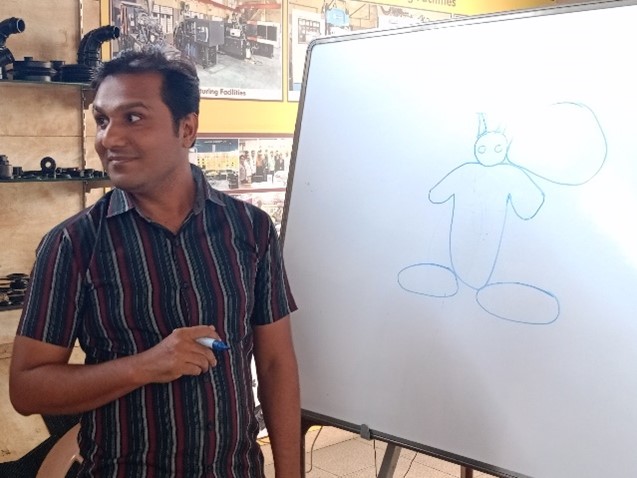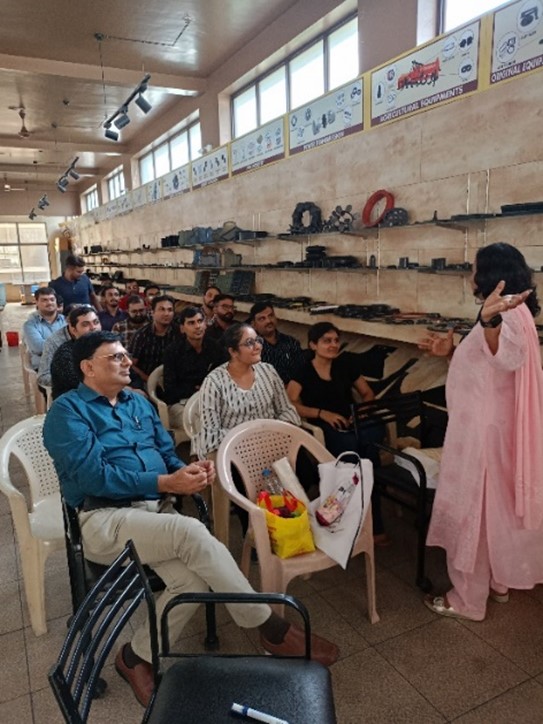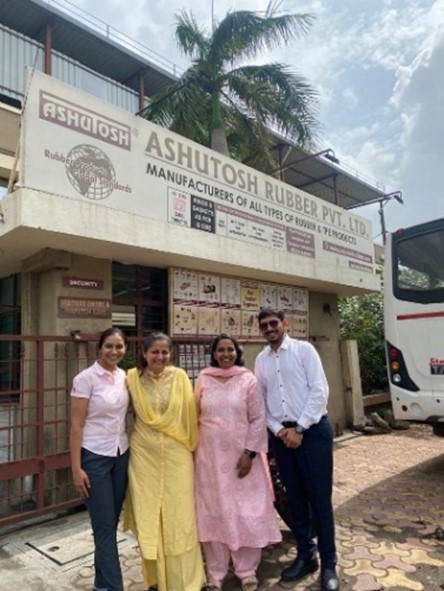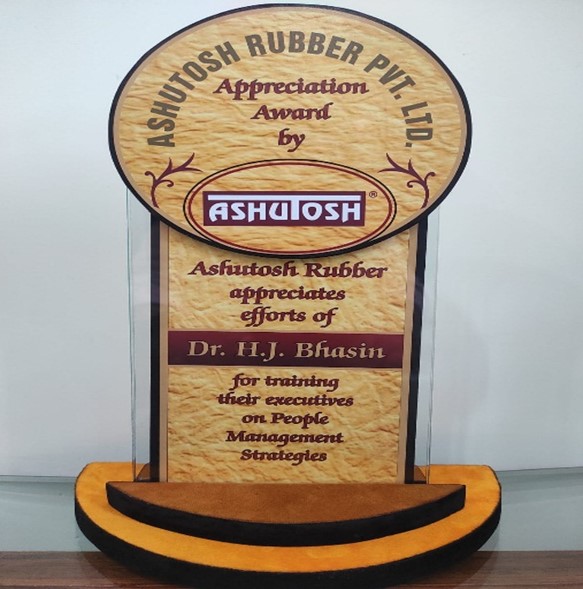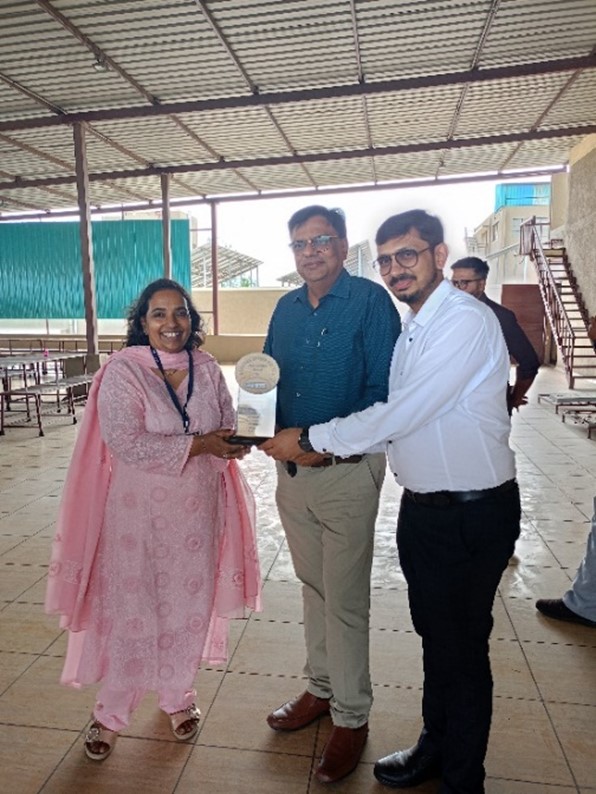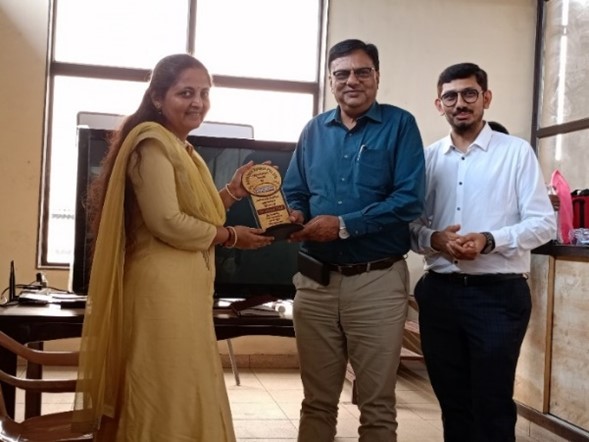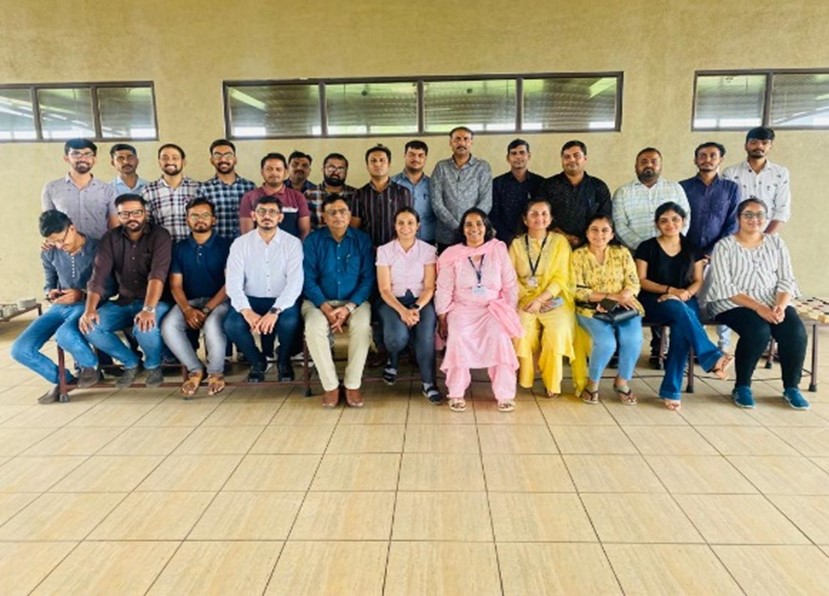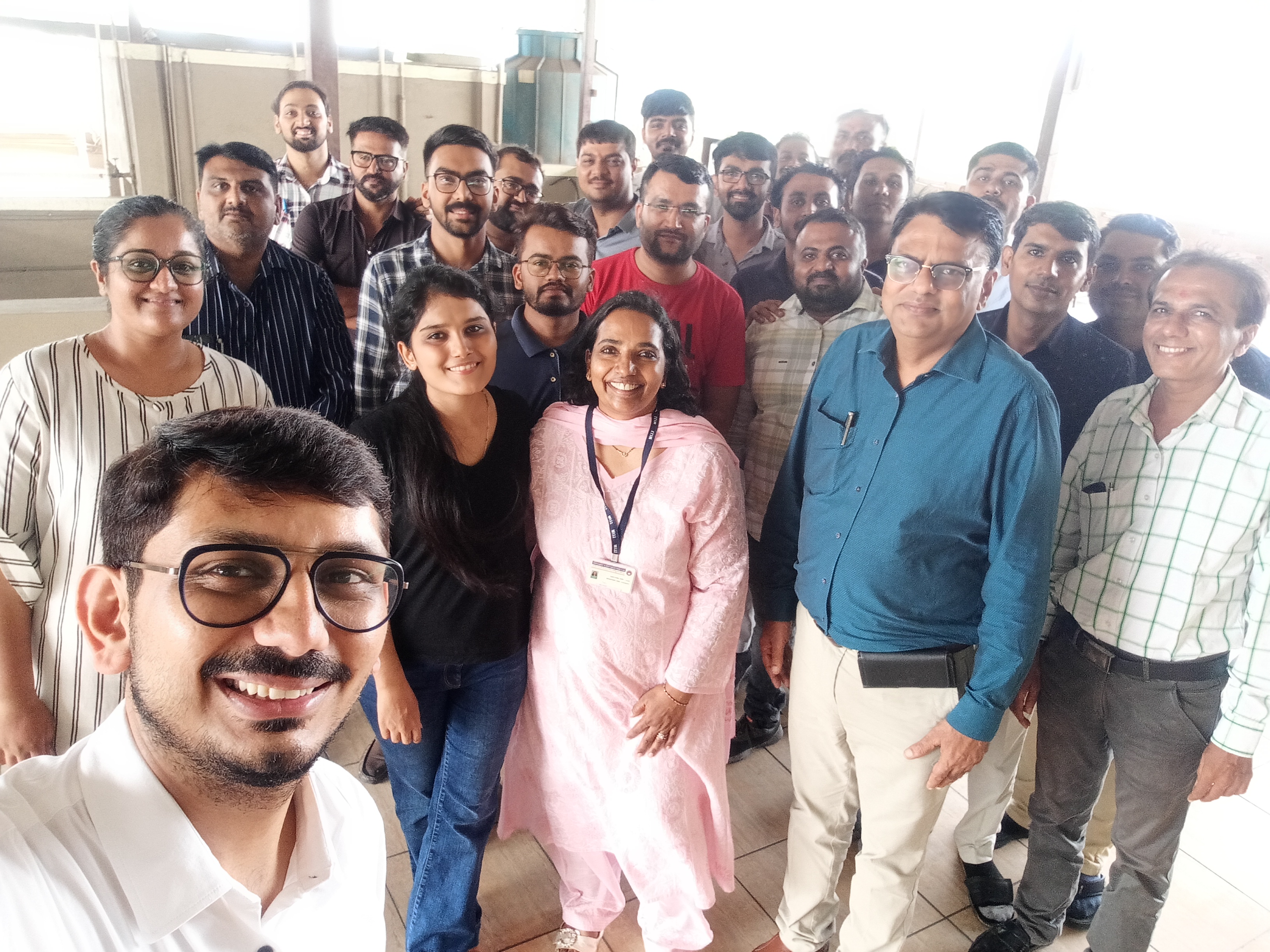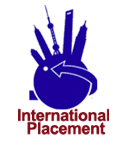Established in the year
Management Development Program - EXECUTIVE EDUCATION (EE)
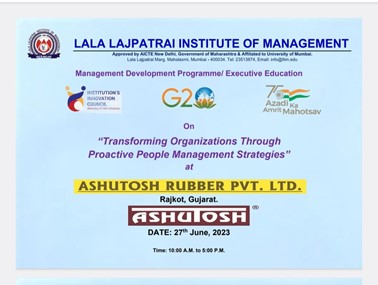
MDP / EE on “Transforming Organizations through Proactive People Management Strategies” at Ashutosh Rubber Pvt. Ltd. Rajkot, Gujarat on 27-06-2023 from 10.00 a.m. - 5.00 p.m.
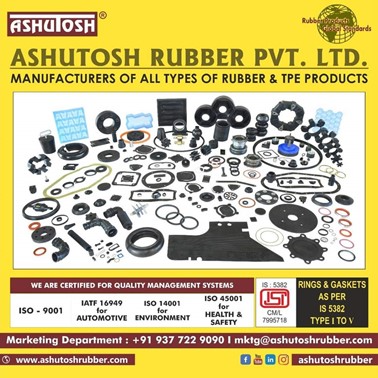
About Ashutosh Rubber Pvt. Ltd.
The Management Team: • Mr. Rajesh Kothari- MD & CEO - The Company is headed by the Managing Director and CEO Mr. Rajesh Kothari, B.E. (Mech), M.E. (Prod. Tech), Post Graduate Diploma in Rubber Technology (IIT Kharagpur) and an expert in the field of Rubber Technology. He has attended large number of Conferences, Seminars and Trainings on Rubber Technology in India & Abroad. He was the President of Rubber Manufacturers Welfare Association (formerly GRMA). He is the Chairman of Gujarat Chapter of All India Rubber Industries Association (AIRIA).
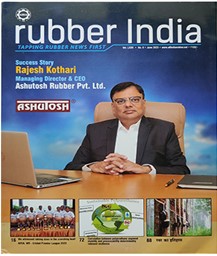
1. Understanding Proactive People Management: The MDP / EE aimed to provide participants with a deep understanding of proactive people management strategies and their potential impact on organizational transformation. Participants gained insights into emerging trends, best practices, and innovative approaches in areas such as talent acquisition, talent development, employee engagement, performance management, customer focus, finance technology and change management.
2. Building Leadership Capabilities: The MDP / EE aimed to develop participants' leadership capabilities in driving proactive people management strategies. Participants enhanced their skills in leading change, fostering a people-centric culture, engaging employees, and aligning people management initiatives with strategic goals. The program focused on developing the knowledge and skills necessary for top and middle management leaders to effectively lead and drive organizational transformation.
3. Implementing Proactive People Management Initiatives: The MDP aimed to equip participants with practical tools, frameworks, and strategies to implement proactive people management initiatives within their organizations. Participants learnt how to assess their organization's current state, identify areas for improvement, and design and execute action plans to drive transformation. The objective was to provide participants with actionable insights and a roadmap for implementing proactive people management practices effectively.
4. Change Management: The MDP / EE emphasized change management as a critical component of transforming organizations through proactive people management. Participants learnt Change Management theories, models, and techniques to effectively lead and manage the transition from traditional people management practices to proactive approaches. The objective was to enable participants to navigate resistance, engage stakeholders, and create buy-in for people management transformation initiatives.
5. Enhancing Talent Management Strategies: The MDP / EE aimed to enhance participants' understanding of talent management and its role in organizational transformation. Participants learnt about attracting, developing, and retaining top talent, succession planning, and building a high-performance workforce. The objective was to help participants develop effective talent management strategies that align with proactive people management approaches.
6. Creating a Culture of Continuous Improvement: The MDP / EE focused on creating a culture of continuous improvement in people management practices. Participants learnt how to foster a learning organization, encourage innovation, and promote employee engagement and empowerment. The objective was to help participants create a culture that supports and sustains proactive people management strategies for long-term organizational transformation.
7. 7. Networking and Collaboration: The MDP / EE provided a platform for participants to network and collaborate with peers from diverse industries and backgrounds. The participants shared experiences, insights, and best practices, fostering a collaborative learning environment. The objective was to facilitate the exchange of ideas and experiences and build a network of professionals committed to transforming organizations through proactive people management.
By aligning with these objectives, the MDP / EE equipped the participants with the knowledge, skills, and perspectives needed to drive organizational transformation through proactive people management strategies. The MDP / EE was conducted by LLIM`s Director - Dr. H. J. Bhasin and full time faculties Dr. Arati Kale and Dr. Kinjal Shah. This training programme was developed for middle level managers in the domain specific modules of Strategic Management, Marketing, Finance and Human Resource. Around 25 participants attended the program and fathomed the nuances of elements & importance of Management Strategies.
| SESSION SCHEDULE on 27-06-2023 | |||
|---|---|---|---|
| DETAILS | TIME | SPEAKERS | |
| Inaugural Address | 10:00 a.m. to 10:25 a.m. | ||
| Session 1 | Leaking bucket theory and Life time value | 10:30 a.m. to 12:00 noon | Dr. H. J. Bhasin |
| Lunch Break | 12:00 p.m. to 12:45 p.m. | ||
| Session 2 | Opportunities and Challenges of Fintech | 12:45 p.m. to 2:15 p.m. | Dr. Kinjal Shah |
| Tea Break | 2:15 p.m. to 2:30 p.m. | ||
| Session 3 | Leadership and Team Building | 2:30 p.m. to 4:00 p.m. | Dr. Arati Kale |
| Q & A and Valedictory | 4:00 p.m. to 5:00 p.m. |
Session 1 :- Leaking bucket theory and Life Time Value by Dr. H. J. Bhasin
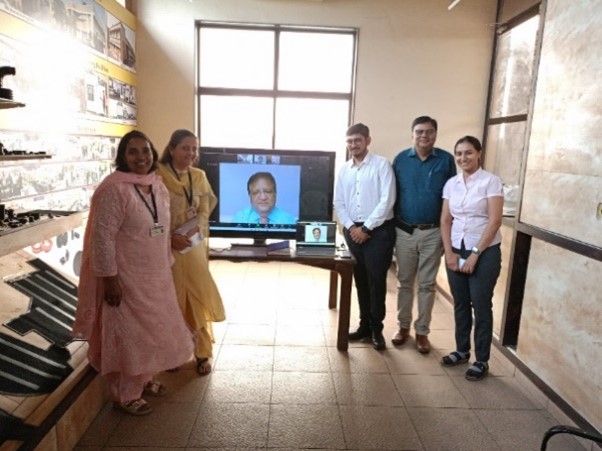
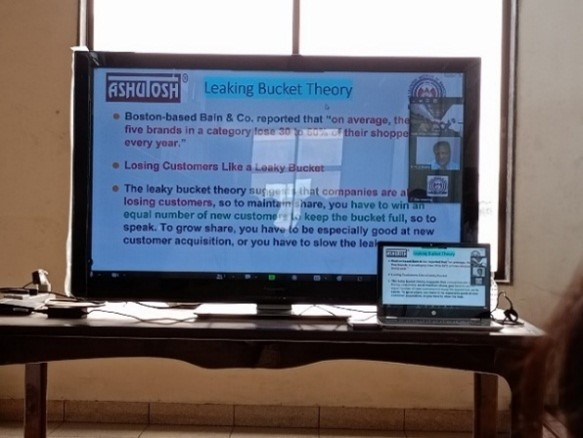
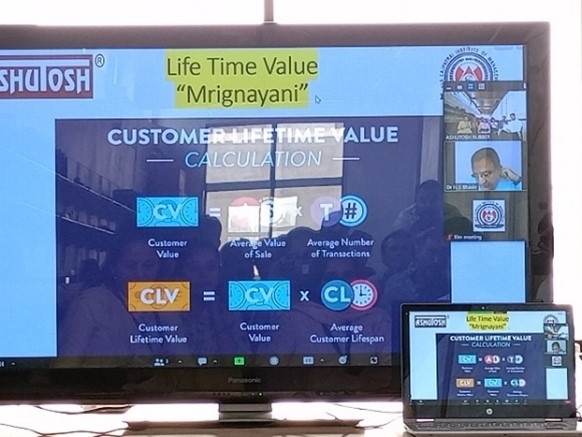
Session 2:- Fintech and Crowd funding by Dr. Kinjal Shah
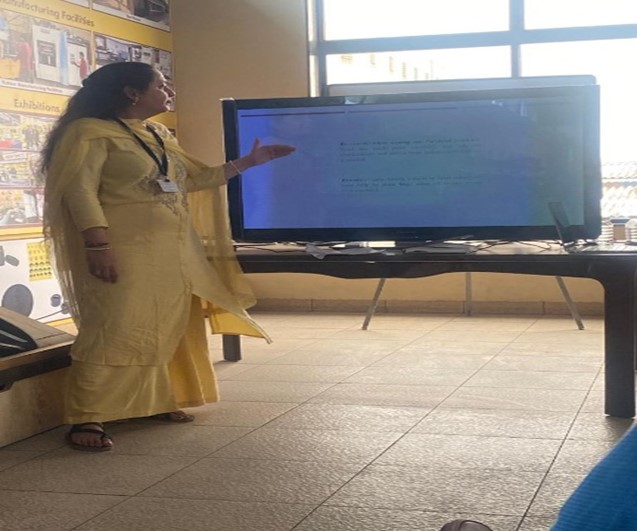
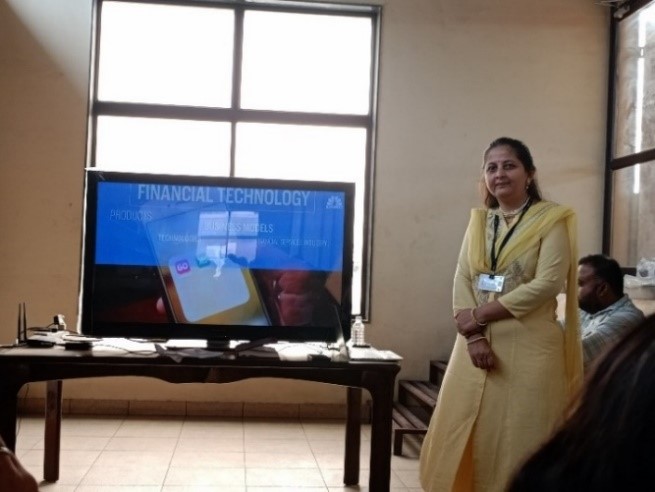
Session 3:- Leadership and team building by Dr. Arati Kale 3.1 Leadership Learning through Blindfolded Obstacle Blindfolded obstacle is a unique and challenging way to develop leadership skills. By removing the sense of sight, participants are forced to rely on other senses, communication, trust, and teamwork to navigate through the obstacles. Leadership and a sense of direction is associated with this blindfold obstacle activity. A non-blindfolded person (leader) in the back of the line will give directions through non-verbal cues to complete a task. This will develop key skills such as trust-building, effective communication, collaboration, problem-solving, adaptability, and emotional intelligence. This activity can be a valuable tool for leadership development and enhancing teamwork in various settings.
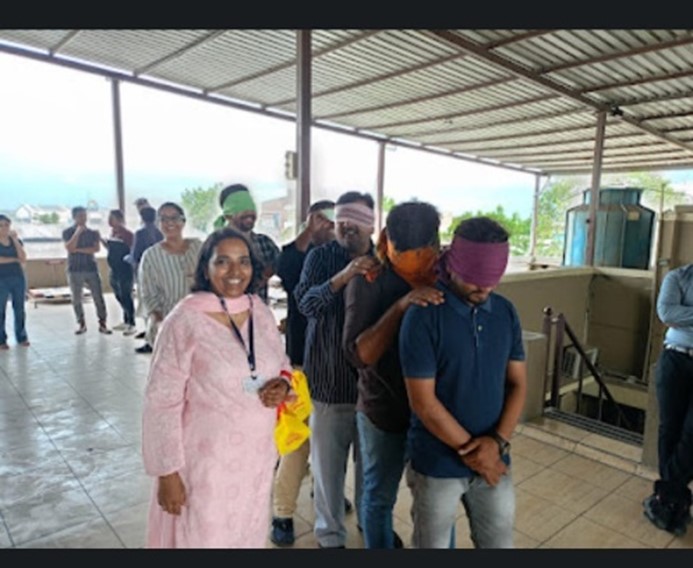
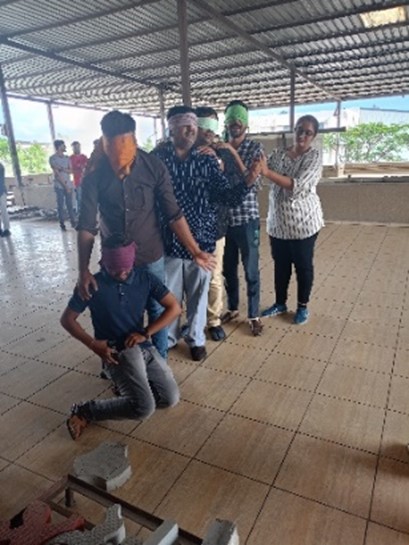
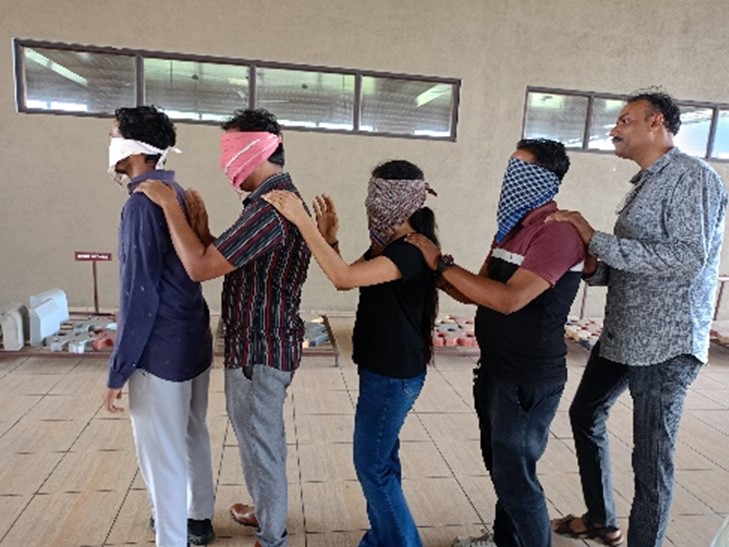
3.2 The Marshmallow Challenge
The Marshmallow Challenge is a popular team-building activity that involves building the tallest freestanding structure using spaghetti sticks, tape, string, and a marshmallow. The objective is to place the marshmallow on top of the structure, and the team with the tallest standing structure wins. This challenge has the ability to teach valuable lessons in teamwork, collaboration, innovation, and problem-solving. The background of The Marshmallow Challenge stems from the need to develop skills that are essential in today's rapidly changing and complex work environments.
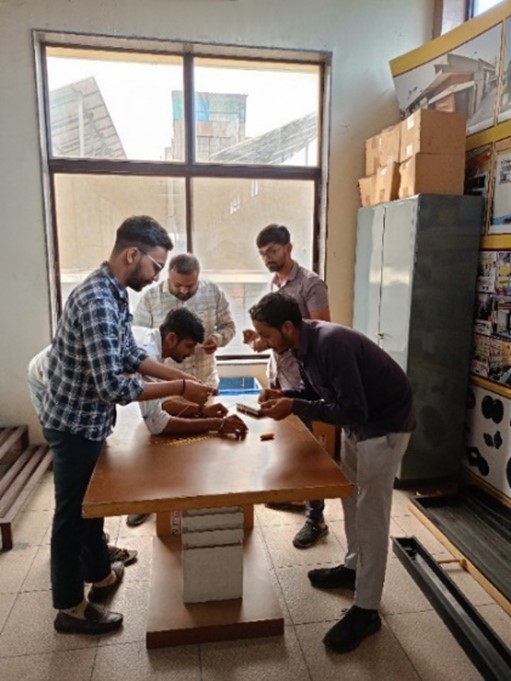
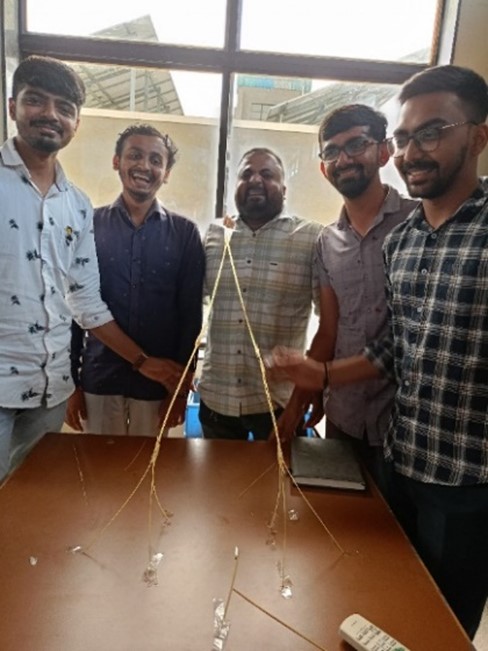
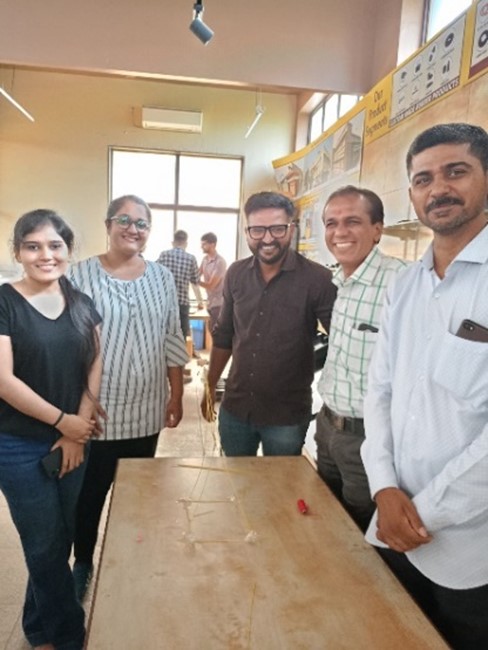
3.3 Geometrical Pictionary - The Right Communication Geometrical Pictionary is a game that combines the elements of the classic drawing game Pictionary with geometric shapes and figures. Instead of drawing objects or words, players use only geometric shapes to represent various objects, concepts, or words. The challenge lies in effectively communicating the intended message using only geometric shapes and symbols to the person who will be drawing and guessing the article. Typically, he / she is not allowed to ask questions to the instructors while drawing. This game proved how hard it is to give clear instructions as well as how hard it is to listen, and can also show how things are easily misunderstood and misinterpreted.
